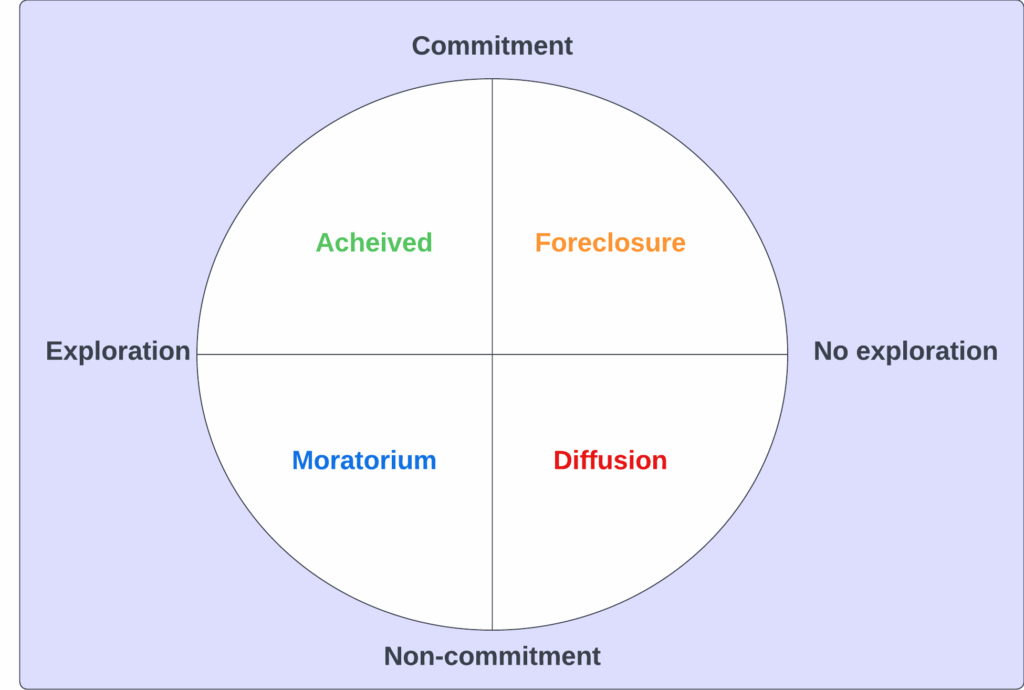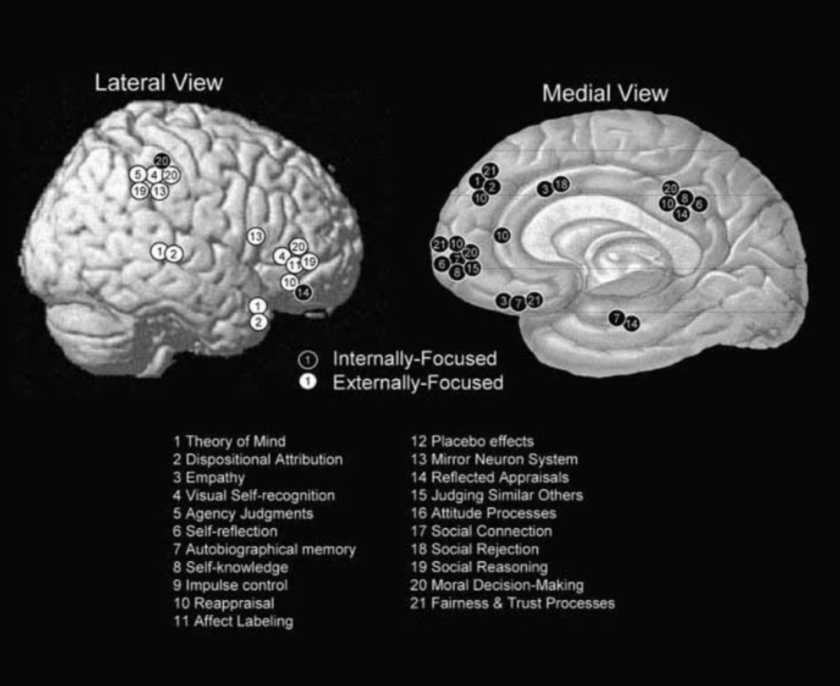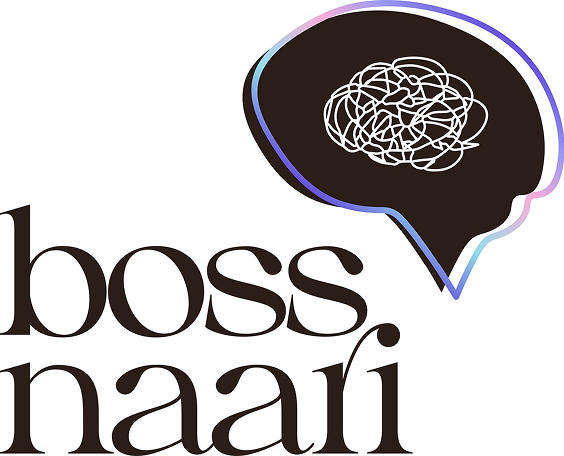Figuring out your identity after the big fat indian wedding
- Dnyanada
- January 4, 2024
Ok, so the wedding bells have rung, the dance floor has witnessed your best moves, and the intricate mehendi has faded from your hands. Your Indian wedding extravaganza is over, and suddenly, you find yourself asking, “Who am I now?”
For us Indian women, the wedding isn’t just an event; it’s a seismic shift in our lives. We go from being daughters to wives, and with that transition comes a whirlwind of emotions, expectations, and a dash of confusion. The post-wedding phase is like the morning after a storm—you’re left to pick up the scattered pieces and figure out where they fit. Over the course of generations, Indian women have customarily embraced a new identity after marriage – involving changes in their name, way of life, domestic surroundings, principles, aspirations, or the role they play in a family system.
What is identity?
Identity is like a mozaic – its a unique arrangement of individual pieces that together form a some-what cohesive picture. Each piece represents our personality, goals, values, beliefs, ideologies, career, and affiliations, all glued by our memory and experiences. New experiences re-adjust our neuronal circuits so that we have an updated mental framework of the world around us and where “we” lie within that framework.
According to developmental psychologists, identity development begins in adolescence to young adulthood and is effected by the balance of two parameters:
1. Based on your exploration of identity options
2.Based on your commitment to an identity
Exploration involves encountering new perspectives, while commitment is embracing a specific identity. For instance, Anya had a deep interest in both writing and mathematics, but her parents urged her to pursue a career as an engineer. Upon completing her education, she enrolled in a creative writing course and apprenticed with journalists. This exploration exposed her to the possibilities of a writing career but also illuminated the challenges associated with its long-term stability. Drawing from her exploration, she ultimately chose to commit to a career in engineering while simultaneously maintaining an online blog to pursue her writing passion.
Depending on where you stand in the spectrum between these two parameters, you can fall into the following categories:
1.Identity Diffusion: You have not explored identity options AND also haven’t committed to an identity. This might make you feel a sense of aimless drift and a lack of purpose in life. Individuals in this category may have low self-esteem, a deficit of meaningful friendships, and a lack of ownership or responsibility of their lives.
2. Identity Foreclosure: You committed to an identity without any exploration. The commitment could be driven by social or parental pressures. Individuals in this category may constantly seek approval from authority figures and hold limited acceptance for change.
3. Identity Moratorium: You are in the exploration phase – whether that means testing new ideologies, values, goals, or a new “role” in your life. Individuals in this stage try to bridge the gap between “who they were” and “who they are now” which might cause confusion and anxiety due to uncertainty about your place in the world.
4. Identity Achievement: You have surpassed the moratorium stage and have constructed an identity based on your exploration. Individuals in this stage feel at-peace and have a stable self-definition.

Stages of identity development
Marcia’s identity statuses. Modified from Discovering the Lifespan, by R. S. Feldman, 2009.
Every healthy individual solidifies a sense of self or “who they are” around their 20s-30s. However, it’s important to note that identity is multifaceted, encompassing various aspects such as career, religion, ideology, sexuality, and more. While you may have attained a clear identity in one aspect, you might find yourself in a state of diffusion, moratorium or foreclosure in other areas. This interplay between exploration and commitment is crucial for overall well-being and to build a strong sense of purpose.
Our brains are wired to socially connect
Identity formation draws from two primary inputs:
1. Internal Perspective: Formed through self-perception and personal evaluation
2. External Influence: Shaped by how others, including family, friends, and societal norms, perceive us.
Intriguingly, a neuroimaging study (Lieberman 2018) conducted by the social neuroscientist Matt Liberman revealed that our brain has distinct regions for processing internal and external input. One region is egocentric and evaluates the “self” while the other assesses our position in the society. Our sense of self is derived from the interplay of these two brain regions.

Neural correlates of internally-focused and externally-focused processes of social cognition and identity
Source: Lieberman, M. D. (2007). Social cognitive neuroscience: A review of core processes. Trends in Cognitive Sciences, 11(8), 358-365
Good news is experiencing a change in identity is good
Liked what you read?
Sign up and get the latest blog posts delivered straight to your inbox.
Related Arcticles

Domestic Violence Among Indian Families and its Impact on the Brain
In Indian families, domestic violence often hides behind cultural norms. This blog reveals shocking statistics and its impact on the brain.

Grief Explained: How our brains process loss
Discover the emotional and neurological aspects of grief, how rituals aid in healing, and why it’s okay to take your time.

Craving Connection: A Scientific Look at Why We Feel Lonely
Dive into the neuroscience of loneliness and discover why our brains crave real connection.
